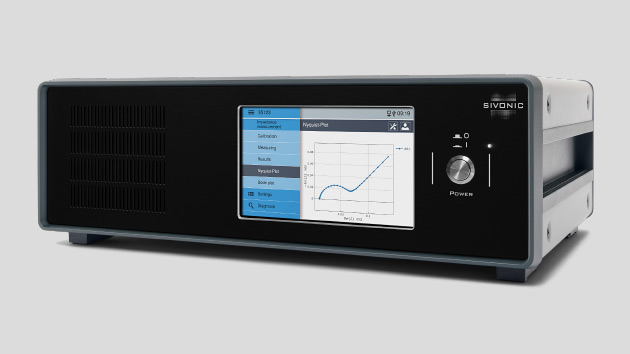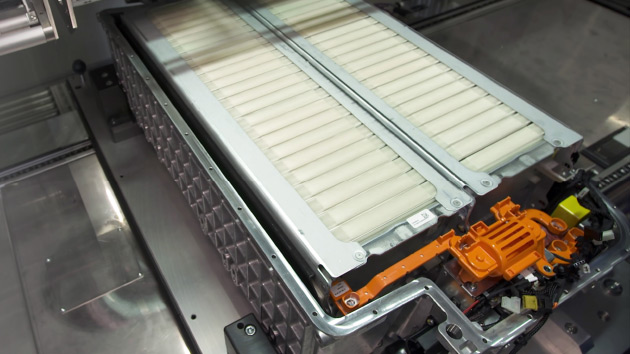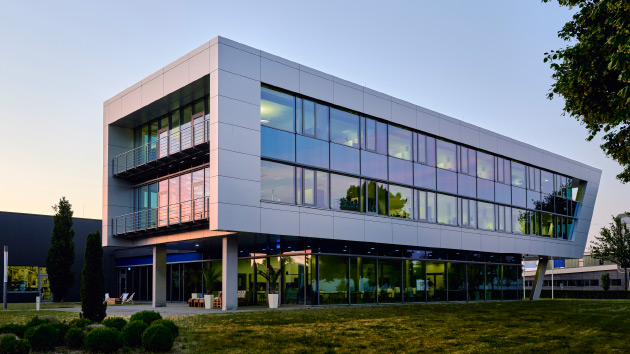The cost of an electrolyzer is mainly composed of the efficiency of the electrolysis stack and the energy cost. By using impedance spectroscopy (EIS), efficiency can be improved, which has a direct impact on cost effectiveness.
For example, for a 1-MW electrolyzer, improving efficiency by just 1% can result in significant savings. Each percentage point increase in efficiency corresponds to a cost saving of 20,000 euros per year. This illustrates the enormous potential of EIS technology to reduce electrolyzer operating costs and increase plant profitability.
Electrochemical impedance spectroscopy enables accurate analysis of the internal resistances and electrochemical processes of electrolyzers. By measuring the impedance spectra, the process designer and operator can take targeted optimization measures to maximize efficiency. This leads not only to financial savings, but also to improved sustainability by reducing energy consumption.
EIS technology provides a non-invasive method to monitor the condition of the electrolyzer and detect potential problems early. Through continuous measurements and analysis, operators can respond in a timely manner and keep the electrolyzer in optimal operating condition. This helps extend the life of the electrolyzer and minimizes costly downtime.
Our company is proud to be part of this development and to offer solutions that improve the efficiency of electrolyzers. We strongly believe that EIS technology will make a significant contribution to the energy transition and the promotion of green hydrogen applications.
For more information about the efficiency optimization of electrolyzers and our innovative solutions, please do not hesitate to contact us.


